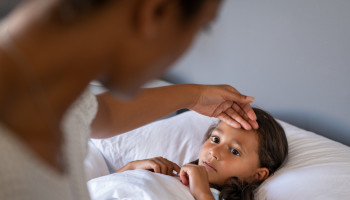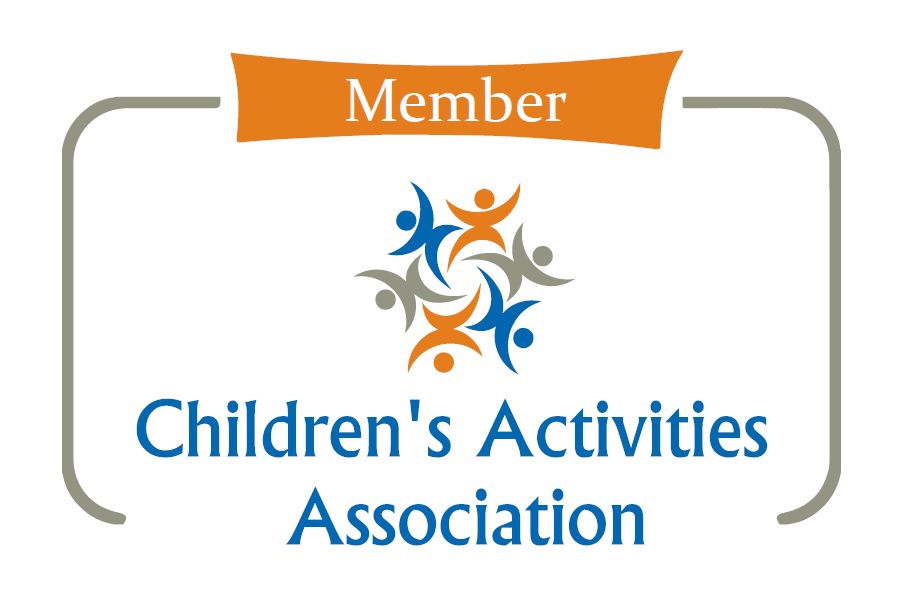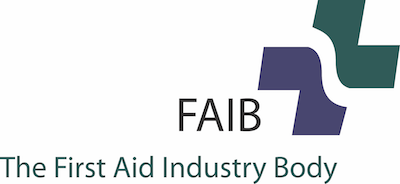This week it is World First Aid Day, and at our Mini First Aid classes parents tell us that sepsis is one of their biggest health concerns. We thought it was a timely opportunity to remind you of the symptoms to look out for, and the actions to take.
Sepsis key facts:
- 25,000 children are affected by sepsis each year in the UK
- a 1/4 of all sepsis survivors suffer permanent, life-changing after effects
- 5 people are killed by sepsis every hour in the UK
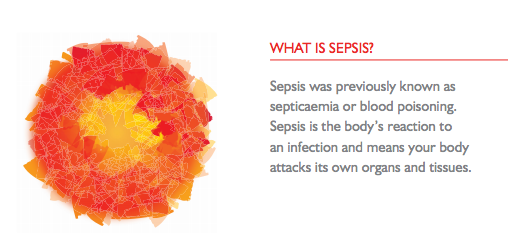
Sepsis can be triggered by an infection in any part of the body. The most common sites of infection leading to sepsis are the lungs, urinary tract, tummy (abdomen) and pelvis.
Sepsis is the body’s overwhelming and life-threatening response to infection or injury that can lead to tissue damage, organ failure and death. Medically, sepsis is your body's immune system over-responding to an infection.
Normally our immune system fights infection - but sometimes, for reasons we don't yet understand, it attacks our own organs and tissues. If not treated immediately sepsis can have catastrophic results. Yet, with early diagnosis, it can be treated with antibiotics.
So, parents and carers need to be quick off the mark?
Absolutely. Rapid identification and treatment provides the best chance of survival.
What do we need to look out for?
The Sepsis Trust tell us that sepsis can initially look like flu, gastroenteritis or a chest infection. There is no one sign, and symptoms present differently between adults and children.
HOW TO SPOT SEPSIS IN ADULTS
Seek medical help urgently if you (or another adult) develop any of these signs:
- Slurred speech or confusion
- Extreme shivering or muscle pain
- Passing no urine (in a day)
- Severe breathlessness
- It feels like you’re going to die
- Skin mottled or discoloured
HOW TO SPOT SEPSIS IN CHILDREN
If your child is unwell with either a fever or very low temperature (or has had a fever in the last 24 hours), call 999 and just ask: could it be sepsis?
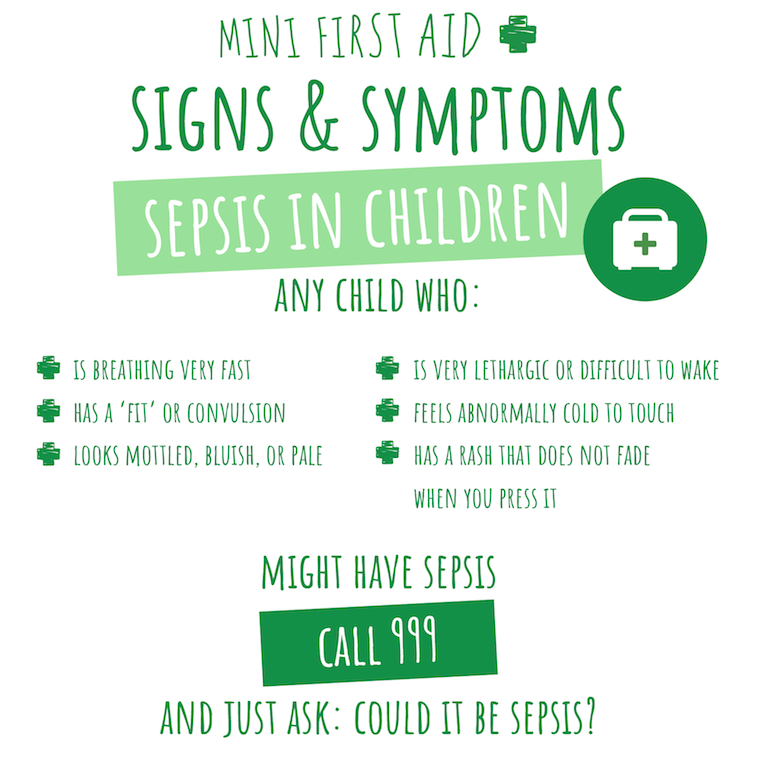
A child may have sepsis if he or she:
- Is breathing very fast
- Has a ‘fit’ or convulsion
- Looks mottled, bluish, or pale
- Has a rash that does not fade when you press it
- Is very lethargic or difficult to wake
- Feels abnormally cold to touch
A child under 5 may have sepsis if he or she:
- Is not feeding
- Is vomiting repeatedly
- Has not passed urine for 12 hours
Remember, whether in adults or children, speed is of the essence with sepsis - don't be afraid to ask "could it be sepsis?"


